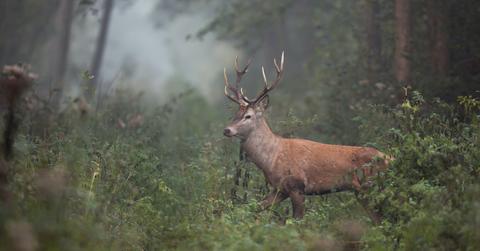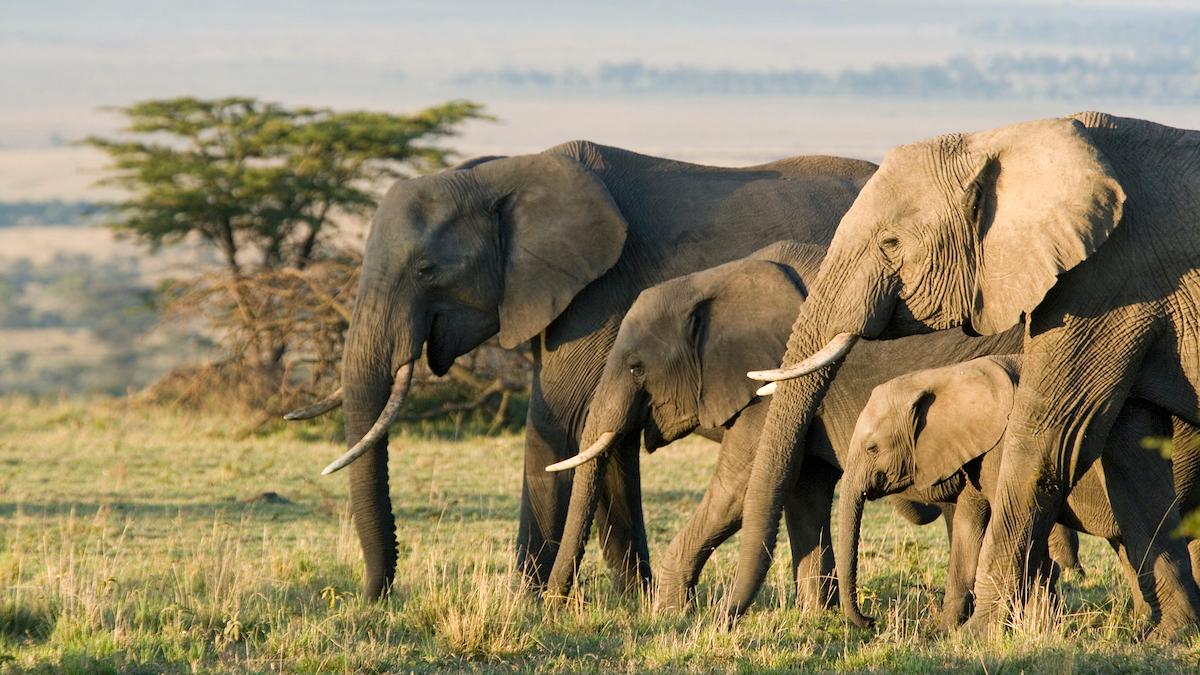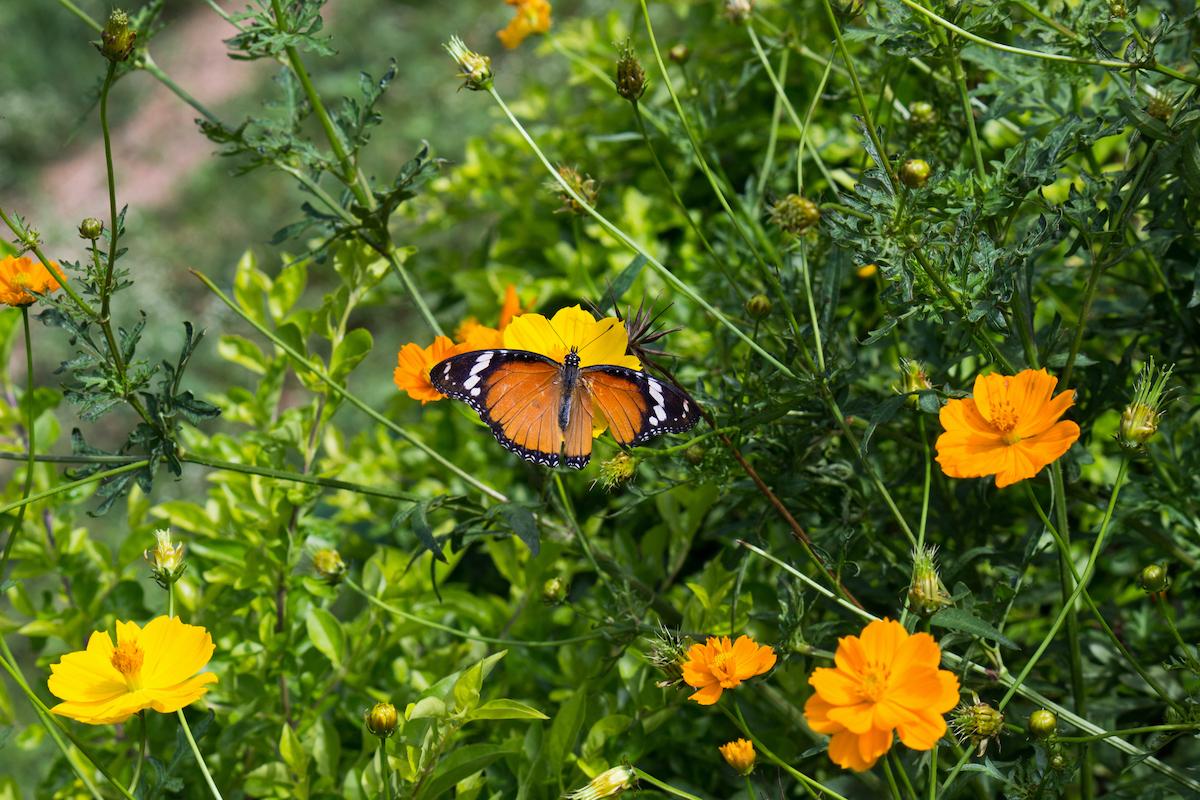How to Support Biodiversity in Honor of World Environment Day
Here's how to support local biodiversity in honor of World Environment Day.
Updated June 4 2020, 1:07 p.m. ET

Every June 5 since 1974, countries all around the globe have celebrated World Environment Day, a holiday that teaches and reminds people how important it is to protect and honor the environment.
This year, World Environment Day falls on Friday, June 5, and the theme is biodiversity — a very appropriate choice, considering the link between biodiversity and the current COVID-19 pandemic as well as various other events over the past year.
To learn more about the history of the holiday and how you can support local biodiversity in honor of World Environment Day 2020, keep reading.
The History of World Environment Day

The first Earth Day was observed in the U.S. on April 22, 1970 — but four years later, in 1974, the United Nations officially observed the very first World Environment Day. For the past 46 years, people across the Earth have taken part in the holiday.
According to the UN, World Environment Day “is the most renowned day for environmental action,” and it engages “governments, businesses, celebrities and citizens to focus their efforts on a pressing environmental issue.”
World Environment Day 2020: Who is hosting, and what is the theme?
This year, Colombia is the host country for World Environment Day. However, people from countries all around the world are hosting various digital events in honor of the holiday this week.
The theme of World Environment Day 2020 is biodiversity. Biodiversity (aka biological diversity) essentially refers to every living thing on our planet — specifically, the variety of animals, plants, and more that coexist in an ecosystem, as well as the various natural processes that sustain life on Earth. Our planet — including us humans — cannot survive without biodiversity.
Biodiversity is a fitting theme, considering various recent events and their link to biodiversity. As noted by the UN, bushfires in Australia, fires in the Amazon rainforest, wildfires on the west coast of the U.S., locust swarms plaguing East Africa and South Asia, and, interestingly, even the coronavirus pandemic “demonstrate the interdependence of humans and the webs of life, in which they exist.”
Coronavirus and biodiversity are more connected than you might think.
“The emergence of COVID-19 has underscored the fact that, when we destroy biodiversity, we destroy the system that supports human life,” the UN stated. “Today, it is estimated that, globally, about one billion cases of illness and millions of deaths occur every year from diseases caused by coronaviruses; and about 75 percent of all emerging infectious diseases in humans are zoonotic, meaning that they are transmitted to people by animals.”
The same human activities that are causing the climate crisis, COVID-19, and the other "natural" disasters listed above are the same ones that are hurting biodiversity — it's all connected.
Here are five ways to support local biodiversity in honor of World Environment Day.
There’s no better time to learn about biodiversity and how important it is for our planet. Read on for five ways to support local biodiversity in honor of World Environment Day.
1. Attend a World Environment Day digital event.
Before taking action, it’s important to learn why we need to take action. A great way to learn more about biodiversity is by attending one of the many livestreamed World Environment Day events on Thursday, June 4 and Friday, June 5. If the event is happening in another time zone and therefore at an inconvenient time for you, you can always visit the organizer’s website to check it out later.
Some event highlights include:
- Unlocking Human Potential for Biodiversity: Friday, June 5, 2:00 a.m. ET
- Let’s Act in Solidarity #ForNature: Friday, June 5, 2:00 a.m. ET
- Environmentalists at the Front-line: Friday, June 5, 10:00 a.m. ET
2. Create a pollinator-friendly garden at home.

Pollinators such as butterflies and bees support biodiversity in a plethora of ways. Without pollinators, we wouldn’t get to enjoy foods such as almonds, apples, blueberries, broccoli, cherries, chocolate, coffee, cranberries, and melons, according to the FAO. For that reason, a great way to support local biodiversity is by creating a pollinator-friendly garden at home — that’s about as local as it gets! Check out our guide to supporting pollinators on your lawn.
3. Use non-toxic products at home.
Clorox and Lysol may be in high demand during the age of the coronavirus; however, many commercial cleaning products contain ingredients that are not biodegradable, and will travel through water systems and into the soil, eventually reaching wildlife, according to The Spruce. Some ingredients in these products are toxic to wildlife, and can therefore have negative effects on local biodiversity.
Fortunately, there are plenty of non-toxic cleaners that also kill germs.
4. Become a more conscious consumer.

There are so many ways to treat our planet well, and one that isn’t talked about enough is the importance of becoming a more conscious consumer. So many things humans purchase on a daily basis have a significant impact on biodiversity, as noted by the WWF.
Purchasing fur clothing, furniture made from illegally-harvested wood, fish taken from our planet’s oceans, and more hurt the planet in ways than we cannot see. To become a more conscious consumer in this regard, you can:
- Avoid purchasing items made from wildlife, ranging from ivory souvenirs to Canada Goose coats.
- When shopping for furniture, make sure the furniture is made from sustainably-harvested wood (and double check those claims). Or, opt for antique or secondhand wooden furniture.
- Instead of eating sea animals (since fishing has devastating effects on our oceans) check out these delicious plant-based seafood options.
- Rather than eating beef and dairy products, which account for more than 80 percent of deforestation in the Amazon rainforest, try some plant-based meat, vegan cheese, or non-dairy milk.
- Opt for organic produce when possible — check out the 2020 Dirty Dozen and Clean Fifteen for more guidance.
5. Vote for green candidates and stay involved in local politics.

2020 is a major election year. When casting your vote this November, make sure to thoroughly research the environmental policies of everyone on the ballot, and vote for the candidate who is more likely to protect the country’s wildlife and biodiversity.
On a more local level, reach out to local candidates and your elected officials to tell them you’d like them to prioritize conserving local biodiversity. Stay up to date on your town's environmental policies, and consider getting involved in local conservation efforts.